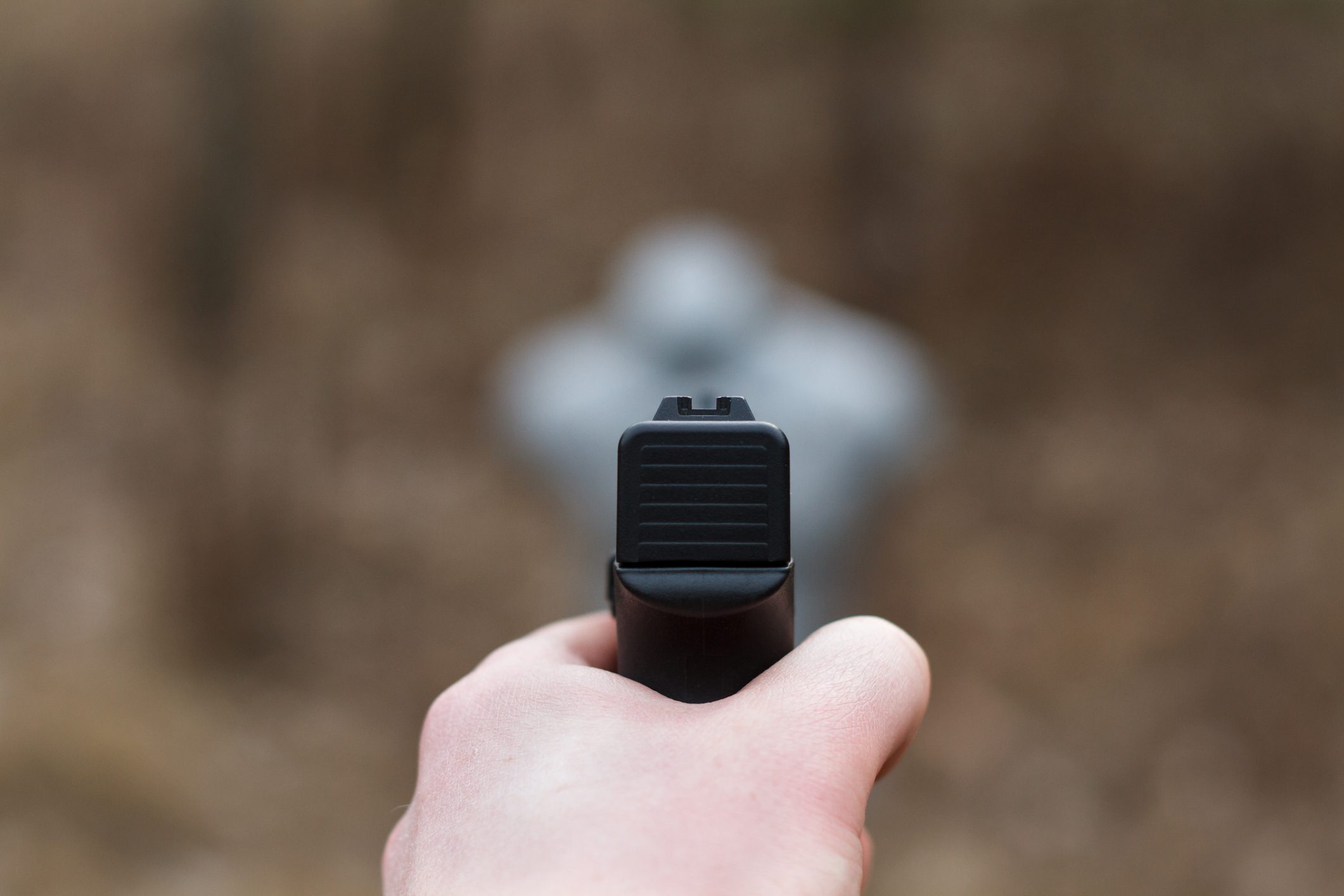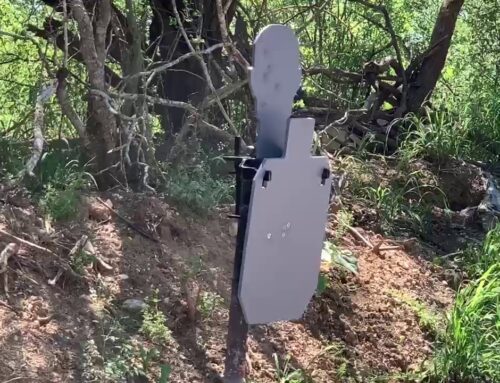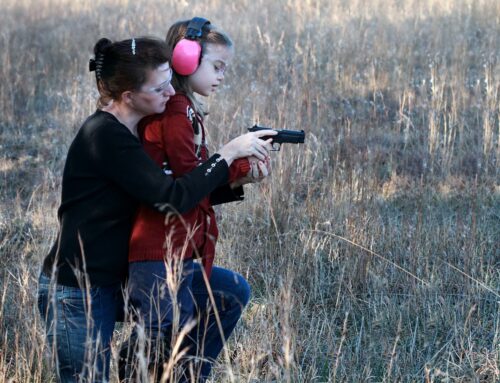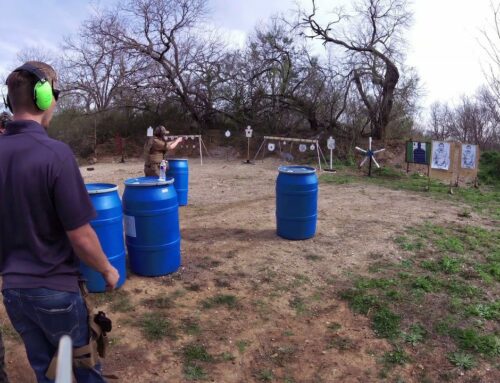Yes, there is a potential for ricochet when shooting steel targets, particularly if the target is made of a harder or thicker steel than the ammunition being used. When a bullet hits a steel target, it can cause the steel to deform or fragment, causing pieces of steel to fly off in various directions, including back towards the shooter.
However, the risk of ricochet can be minimized by using high-quality steel targets that are designed specifically for shooting sports and by following proper safety guidelines. It is recommended to use targets made of AR500 or AR550 steel, which are durable enough to withstand repeated impacts and minimize the potential for fragmentation.
In addition, it is important to maintain a safe distance from the target and to use appropriate protective equipment such as eye and ear protection. Shooting at an angle rather than directly at the target can also help to reduce the risk of ricochet.
Ultimately, it is the responsibility of the shooter to prioritize safety and to take all necessary precautions to minimize the risk of injury or harm while shooting steel targets.
How to Avoid Ricochet When Shooting Steel Targets
Here are some tips to help you avoid ricochet when shooting steel targets:
- Use high-quality steel targets: Use steel targets made of high-quality steel, such as AR500 or AR550, which are designed to withstand repeated impacts and minimize fragmentation. Avoid using low-quality or damaged targets that are more likely to cause ricochet.
- Maintain a safe distance: Stand at a safe distance from the target to reduce the risk of ricochet. It is recommended to maintain a distance of at least 10 yards for handguns and 100 yards for rifles.
- Shoot at an angle: Shooting at an angle rather than directly at the target can help to minimize the risk of ricochet. This is because a bullet that hits the target at an angle is more likely to deflect downward rather than bounce back towards the shooter.
- Use appropriate ammunition: Use ammunition that is appropriate for the target and the firearm. Avoid using ammunition that is too powerful or too light for the target or firearm, as this can increase the risk of fragmentation and ricochet.
- Use protective equipment: Always wear eye and ear protection when shooting steel targets. Additionally, wearing gloves and long sleeves can provide an extra layer of protection against hot bullet fragments that may fly back towards the shooter.
Remember, safety should always be a top priority when shooting steel targets. By following these tips and using common sense, you can help to minimize the risk of ricochet and enjoy a safe and fun shooting experience.






